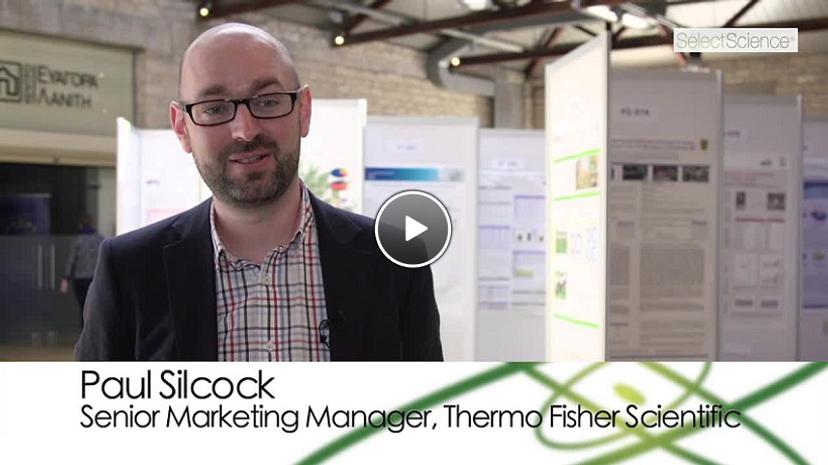High Resolution GC Orbitrap Technology for Qualitative and Quantitative Pesticides Analysis
Discover how Thermo Fisher Scientific’s latest GC-MS platform enables analysis of low level pesticides in complex matrices
30 Nov 2016

Whenever you get revolutionary technology in a field, it will inevitably end up in the routine space
Paul Silcock
Thermo Fisher Scientific
Thermo Fisher Scientific showcased its GC Orbitrap technology for the first time, in front of the pesticide residue analysis community at the European Pesticide Residue Workshop 2016 (EPRW) this year. In an interview with SelectScience® filmed during EPRW, Paul Silcock, Senior Marketing Manager at Thermo Fisher Scientific, discussed the benefits that GC Orbitrap technology has to offer the pesticide residue analysis community.
In 2005, Thermo Fisher Scientific introduced its first liquid chromatography-mass spectrometry (LC-MS) Orbitrap technology but, until recently, there has not been an equivalent platform for gas chromatography (GC).
“It’s taken ten years for us to bring this platform over to GC for the first time, and there has been a lot of demand for this product over the years”, Paul comments. During the video interview, Paul states that he believes that the new GC Orbitrap technology will bring an unprecedented level of analysis to GC-MS.
“Non-targeted analysis in pesticides is a hot topic at the moment”, explains Paul, as a result of researchers’ desire to broaden the scope of their analyses. This is something which was not possible with previously available technology. Among the list of key benefits of GC Orbitrap technology, Paul highlights its high selectivity and ease of use. This usability frees up valuable time for data analysis.
To conclude, Paul believes that this technology has huge potential in the field of pesticide analysis, something that has only just begun to be fully explored. Initial reports on the use of the Orbitrap technology show that there is a lot of excitement within the community, due to the sheer power of the technology. The future promises that this revolutionary technology will be increasingly incorporated into routine laboratory analysis.

